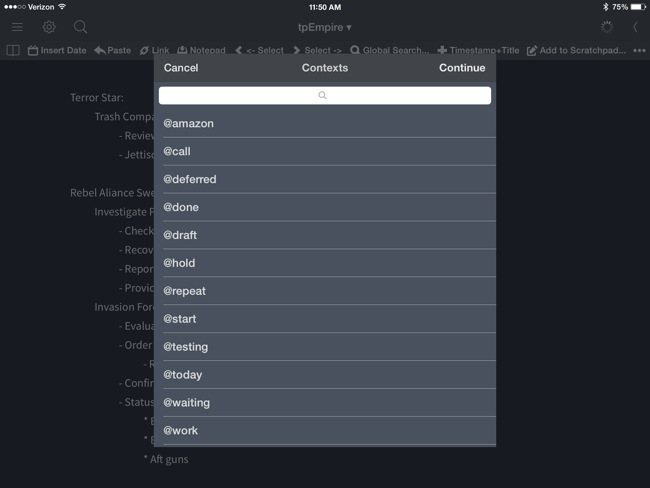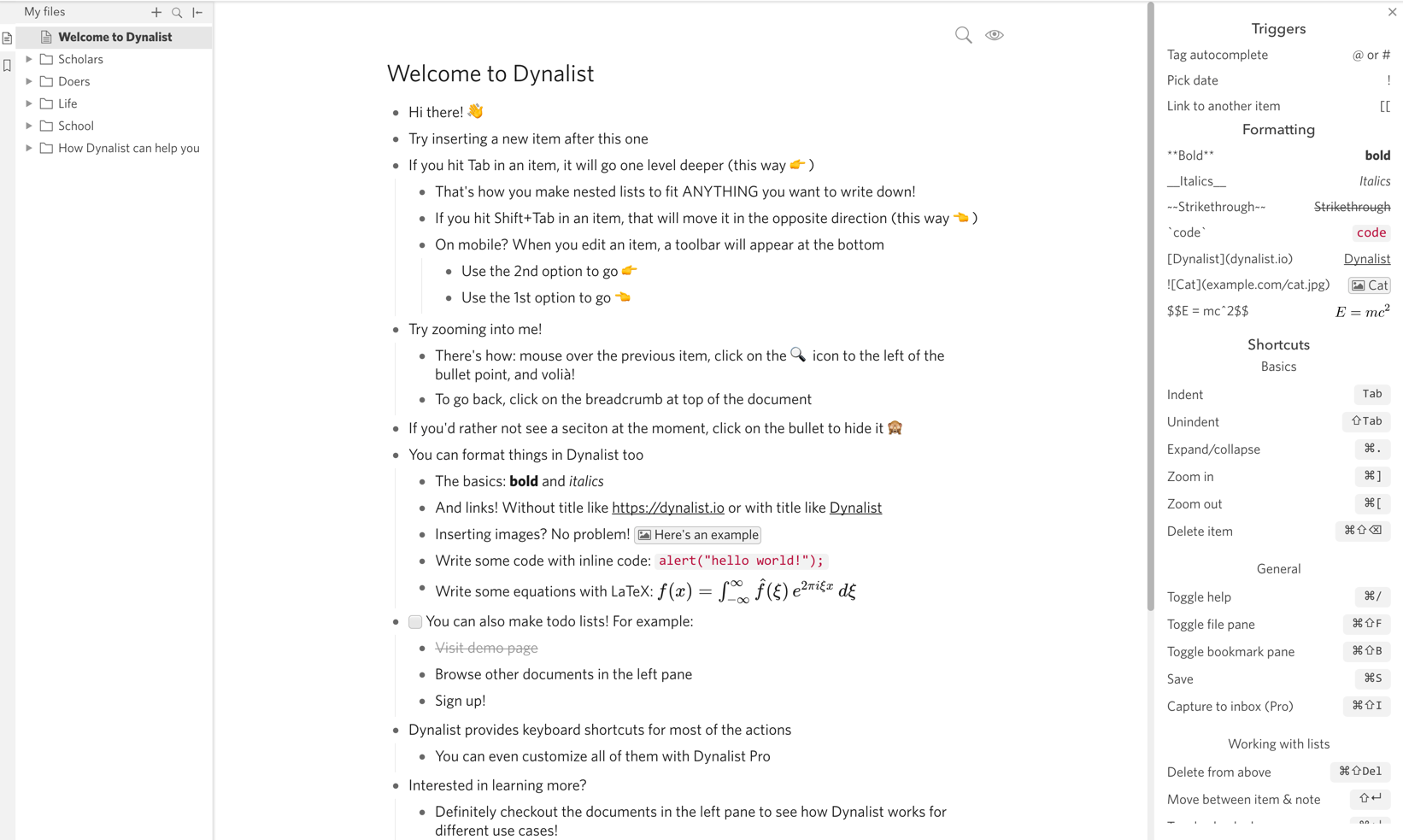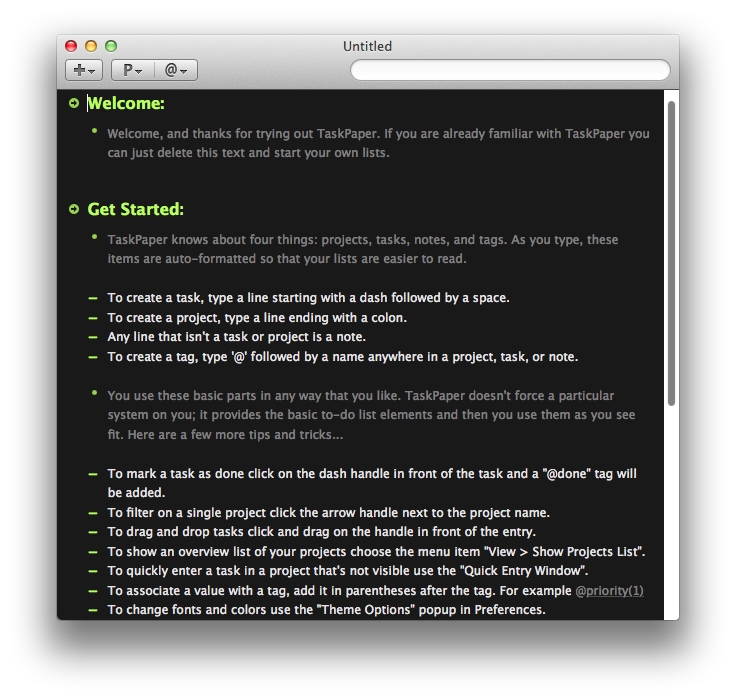

To escape this behavior use Option-Return. This works in both unordered and ordered lists. When you are editing a list and press Return, FoldingText will automatically insert the syntax needed for the next item. Generally FoldingText should work like any other text editor: You type, and what you've typed flows down the page.

You can turn it off using View > Hide Syntax. I like it because it makes my document easier to read.

The characters reappear when you move the text cursor into that word for editing. For example the **s used to make text bold are hidden. FoldingText supports live highlighting of Markdown, GitHub Flavored Markdown, CriticMarkup, and most of MultiMarkdown.įoldingText hides some syntax characters after you typed them. There are more formatting options in the Markdown universe if you need them. You can also use Format > Clear Formatting (Control-C) to remove formatting characters.

Use the Format menu to quickly insert formatting for many common items. To create a link surround the link text with s immediately followed by the target URL surrounded with ()s.To format text bold, surround with **s (double asterisks).To format text italic, surround with _s (single underlines).To create a numbered list item, type "1." followed by a space.To create a list item, type "-" followed by a space.To create a heading, type "#" followed by a space.
TASKPAPER VS FOLDINGTEXT HOW TO
These sections describe Markdown and how to use FoldingText to author Markdown documents. I hope it's useful!įoldingText uses Markdown formatting to give structure to your text files. It's my next stab at a "plain text productivity". It takes what I've learned building TaskPaper and tries to keep the good stuff, fix the mistakes, and make it more flexible. I wanted to try again and make a more flexible solution. It still works today, but it's intended for todo lists. And it allowed me to filter those files so I could find things. It gave me a simple syntax to divide my text files up into projects, tasks, and notes.
TASKPAPER VS FOLDINGTEXT FREE
I think being free to make a mess is important, but without a way to eventually create structure they break down. After a while they get messy and are hard to understand and navigate. Eventually I sold Mori.īut text files aren’t perfect either. I worked all day in my fancy information manager, and kept all my notes in plain text files on my desktop. This left me in an embarrassing situation. Just me and my ideas without a bunch of user interface widgets in the way. It didn't do as much, but it is clean, simple, and direct. It did everything that I thought I wanted… A place to record, process, and create ideas. My goal was to create the perfect information manager. If you know how to type, you already know most of what you need to effectively use FoldingText.įrom 2001 to 2007 I made a program called Mori. I can already get some of the line movement through a workflow, so I can probably solve that (albeit not as cleanly as the drag handles support for TaskPaper mode).FoldingText does some neat things, but in the end you are just typing. md files), but I'm not sure how feasible this is from an implementation standpoint. I'm guessing that a document is in either Markdown or TaskPaper mode, and those can't be combined? It would be nice if they could (and then I could set the TaskPaper settings to apply for. I tried setting one of the markdown extensions to be.
TASKPAPER VS FOLDINGTEXT FULL
I'm not sure if this makes sense, but in Editorial, is there any way to get Taskpaper mode for markdown files? Specifically, I’d like to have the tagging/row highlights, ability to move lines, and task behavior (checkbox, done, etc) mixed with full markdown support.


 0 kommentar(er)
0 kommentar(er)
